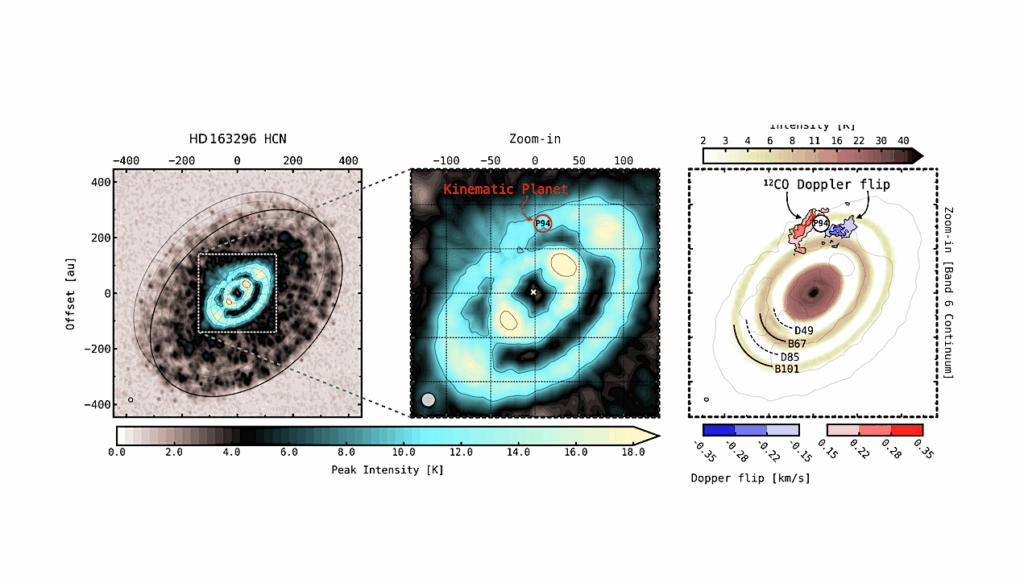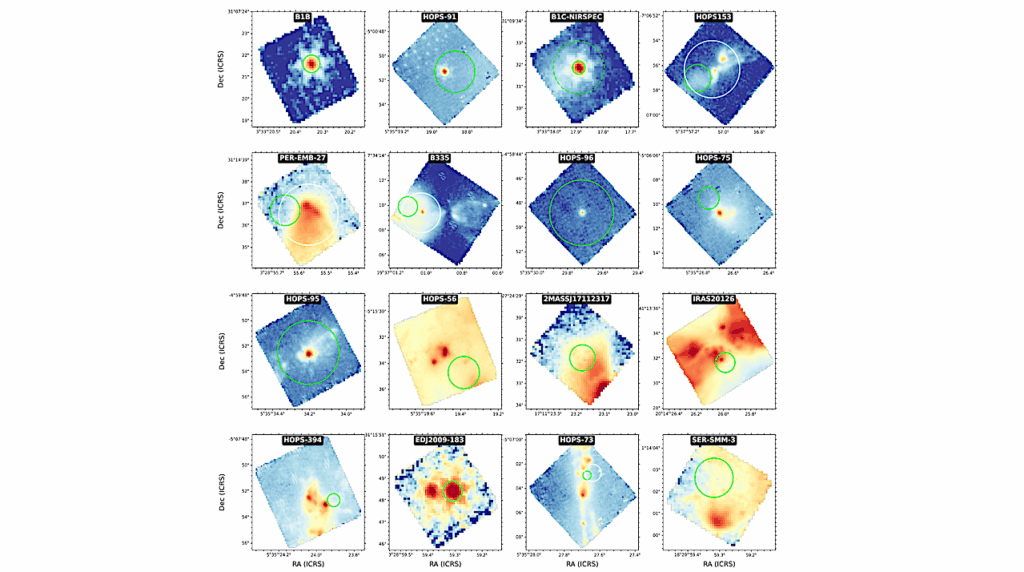Titan's Atmosphere as Observed VIMS/Cassini Solar Occultations: CH4, CO and Evidence for C2H6 Absorption

We present an analysis of the VIMS solar occultations dataset, which extracts vertically resolved information on the characteristics of Titan’s atmosphere between 100-700 km with a characteristic vertical resolution of 10 km.
After a series of data treatment procedures to correct problems in pointing stability and parasitic light, 4 occultations out of 10 are retained. This sample covers different seasons and latitudes of Titan. Through the inversion of the transmission spectra with a line-by-line radiative transfer code we retrieve the vertical distribution of CH4 and CO mixing ratio. The two methane bands at 1.4 and 1.7 {\mu}m are always in good agreement and yield an average stratospheric abundance of 1.28±0.06 %. This is significantly less than the value of 1.48% obtained by the GCMS/Huygens instrument. The analysis of the residual spectra after the inversion shows that there are additional absorptions which affect a great part of the VIMS wavelength range.
We attribute many of these additional bands to gaseous ethane, whose near-infrared spectrum is not well modeled yet. Ethane contributes significantly to the strong absorption between 3.2-3.5 {\mu}m that was previously attributed only to C-H stretching bands from aerosols. Ethane bands may also influence the surface windows, especially at 2.7 {\mu}m. Other residual bands are generated by stretching modes of C-H, C-C and C-N bonds.
In addition to the C-H stretch from aliphatic hydrocarbons at 3.4 {\mu}m, we detect a strong and narrow absorption at 3.28 {\mu}m which we tentatively attribute to the presence of PAHs in the stratosphere. C-C and C-N stretching bands are possibly present between 4.3-4.5 {\mu}m. Finally, we obtained the CO mixing ratio between 70-170 km. The average result of 46±16 ppm is in good agreement with previous studies.
L. Maltagliati, B. Bézard, S. Vinatier, M. M. Hedman, E. Lellouch, P. D. Nicholson, C. Sotin, R. J. de Kok, B. Sicardy (Submitted on 24 May 2014)
Comments: 47 pages, 28 figures, submitted to Icarus
Subjects: Earth and Planetary Astrophysics (astro-ph.EP)
Cite as: arXiv:1405.6324 [astro-ph.EP] (or arXiv:1405.6324v1 [astro-ph.EP] for this version)
Submission history From: Luca Maltagliati [v1] Sat, 24 May 2014 17:20:38 GMT (3377kb)








